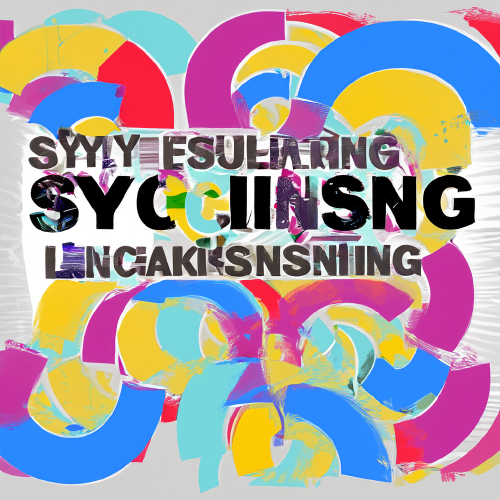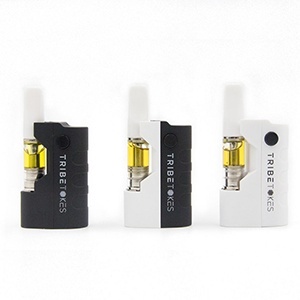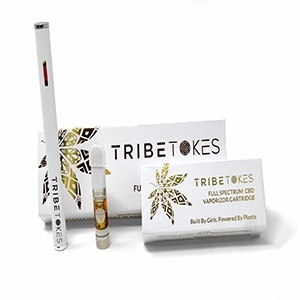
In the dynamic world of the music industry, artists are continually seeking innovative ways to monetize their craft. One powerful avenue that has gained prominence is sync licensing. This guide explores the nuances of sync licensing, detailing the steps artists can take to leverage this opportunity and create an additional stream of income.
Understanding Sync Licensing
What is Sync Licensing?
Sync licensing, or synchronization licensing, is the process of obtaining rights to use music in conjunction with visual media, including films, TV shows, commercials, video games, and more. It’s a mutually beneficial arrangement where artists gain exposure and compensation, while visual media creators enhance their productions with fitting soundtracks.
The Financial Impact for Artists
Creating a Revenue Stream:
Sync licensing provides artists with a significant income stream. Beyond traditional revenue sources like streaming and live performances, licensing agreements offer upfront sync fees and ongoing royalties.
Steps for Artists to Enter the Sync Licensing Arena
1. High-Quality Recordings:
Ensure your music is professionally recorded and mixed. High-quality recordings stand out and are more likely to attract the attention of music supervisors.
2. Build an Online Presence:
Create a compelling online presence through social media and music streaming platforms. This not only increases your visibility but also makes it easier for music supervisors to discover your work.
3. Join Licensing Platforms:
Consider joining sync licensing platforms that connect artists with licensing opportunities. Websites like Musicbed, Songtradr, and Sync licensing agencies can serve as valuable intermediaries.
4. Copyright Your Music:
Protect your intellectual property by registering your music with relevant copyright authorities. This step is crucial for negotiating licensing deals and ensuring you receive proper compensation.
5. Network with Industry Professionals:
Attend industry events, network with music supervisors, filmmakers, and other industry professionals. Building relationships can open doors to potential licensing opportunities.
6. Submit Your Music to Libraries:
Submit your music to production music libraries that cater to sync licensing. These libraries act as catalogs where music supervisors search for suitable tracks.
7. Be Versatile:
Create a diverse catalog of music. Different projects have different needs, and versatility can increase your chances of landing licensing deals.
Here are some notable companies that can assist artists in the sync licensing process:
- Musicbed:
- Website: Musicbed
- Songtradr:
- Website: Songtradr
- Artlist:
- Website: Artlist
- SyncFloor:
- Website: SyncFloor
- Pond5:
- Website: Pond5
- Marmoset:
- Website: Marmoset
- Audio Network:
- Website: Audio Network
- Jingle Punks:
- Website: Jingle Punks
- Getty Images Music:
- Website: Getty Images Music
- Extreme Music:
- Website: Extreme Music
These platforms serve as intermediaries between artists and those seeking music for their projects, such as filmmakers, advertisers, and content creators. Artists can submit their music to these platforms, which then curate and offer it to clients looking for suitable tracks for synchronization. It’s important for artists to review the terms and conditions of each platform and choose the one that aligns best with their goals and preferences.
Conclusion
Sync licensing offers artists a unique avenue to showcase their work, gain exposure, and generate additional income. By understanding the process, building a strong online presence, and actively seeking opportunities, artists can unlock the full potential of sync licensing and elevate their careers to new heights. While this guide provides a solid foundation, staying informed about industry trends and opportunities is crucial for continued success in the ever-evolving world of sync licensing.


















